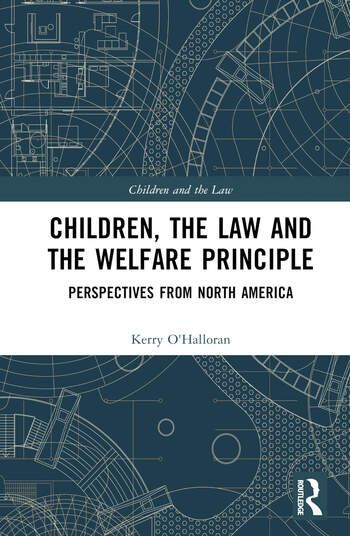
This book continues the themes addressed by its two predecessors in this mini-series by examining the role of the principle of the welfare interests of the child in the law of the U.S. and Canada. It provides a record of the key milestones in its development in each country and conducts a comparative analysis of the contemporary law relating to children in both. In doing so, it focuses also on the Indigenous communities – the AN/AI and the First Nations – of the U.S. and Canada respectively.
By identifying and analysing the functions of the principle in the public (care, protection and control etc), in the private (matrimonial, adoption etc), and in the hybrid (adoption from care, surrogacy etc) sectors of family law, it builds a picture of the law relating to children in the two countries and reveals significant jurisdictional differences. By examining the legislation and related caselaw it assesses the differential effect of the same legal framework on the welfare of Indigenous and other children.
In addition to a digest of cases and legislation that identifies and tracks the role of this legal principle, lawyers, academics and other researchers will find a wealth of information on how it has evolved to reflect corresponding changes in social mores. For those interested in politics and social policy, there is much illuminating evidence on how the law has balanced this principle relative to others within both civil and criminal contexts.